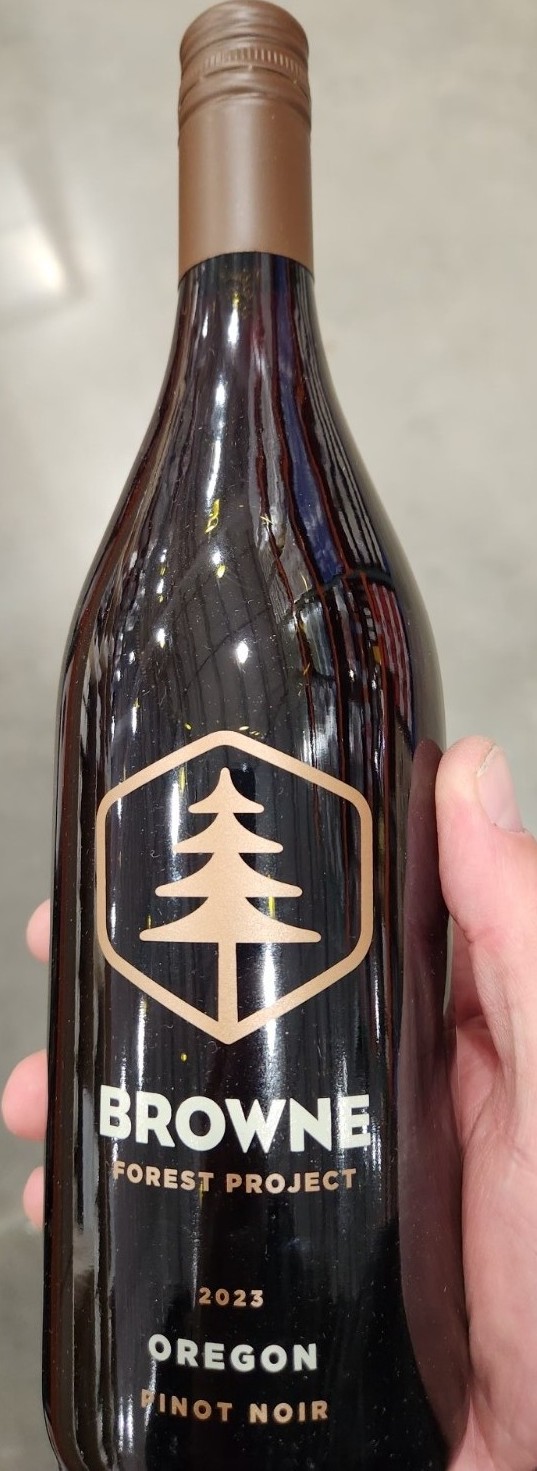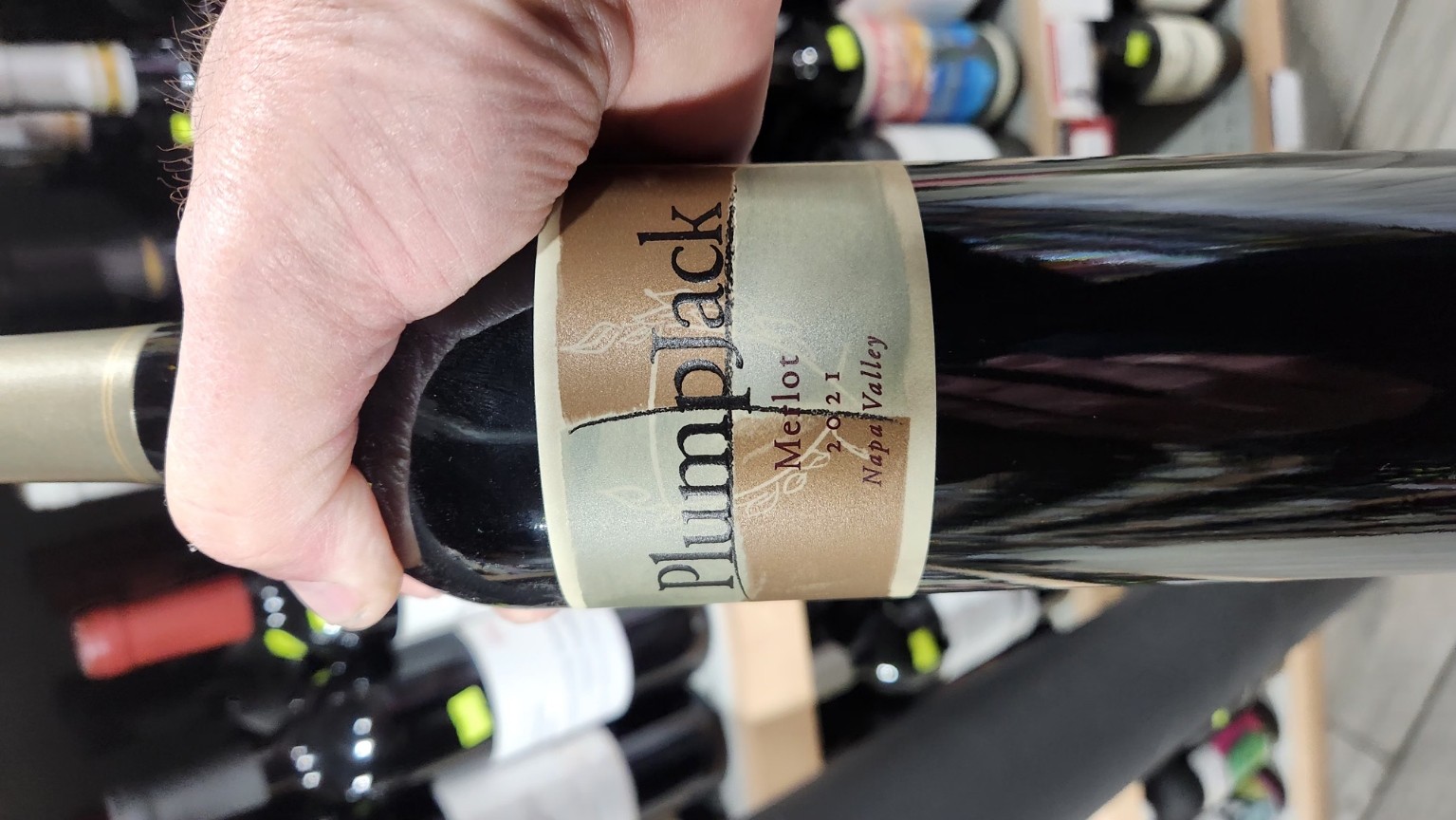The alcohol market has always evolved with culture, but today’s transformation runs deeper than fads or flavor trends. We’re witnessing a fundamental change in how people approach drinking. While overall volume sales are down, the diversity, creativity, and purpose behind what’s being poured are at an all-time high.
Consumers are no longer chasing buzz; they’re chasing balance. The rise of low- and no-alcohol beverages reflects a modern desire for moderation without missing out on social ritual. Across the U.S., low-alcohol wines, light spirits, and functional cocktails are filling coolers and bar menus once dominated by heavy hitters. Meanwhile, across the Atlantic, the UK’s gin boom has fizzled, while Canada wrestles with trade pressures and import disruptions—proof that global preferences are anything but uniform.
The premiumization wave continues to redefine the “less but better” philosophy. Tequila and mezcal are leading the charge, moving from the shot glass to the snifter with small-batch, terroir-driven expressions rivaling fine Scotch. At the same time, ready-to-drink (RTD) cocktails are exploding in popularity, catering to a culture of convenience with upscale twists and higher-proof options that fit seamlessly into modern lifestyles.
Generational behavior tells the real story. Gen Z is skipping hangovers altogether, leaning hard into non-alcoholic craft beers, mocktails, and adaptogenic blends that deliver experience without excess. Millennials, ever the nostalgic bunch, are embracing retro cocktails and canned classics that feel both familiar and fresh.
Economic headwinds and supply chain disruptions have tested producers, but innovation continues to thrive—especially online. E-commerce has reshaped how we discover and buy alcohol, with on-demand delivery and subscription boxes turning what was once a trip to the store into a tailored tasting experience. And behind the scenes, artificial intelligence is already shaping product development, marketing precision, and consumer engagement, helping brands predict what drinkers will crave next.
For producers and retailers, the takeaway is clear: this is no time to coast. The future belongs to those who adapt quickly, align with consumer values, and invest in storytelling and product quality. The alcohol industry may be drinking less, but it’s thinking more—and that’s a recipe for longevity.










